12 Best Vegetables to Grow in Michigan (With Pictures)
-
Pete Ortiz
- Last updated:
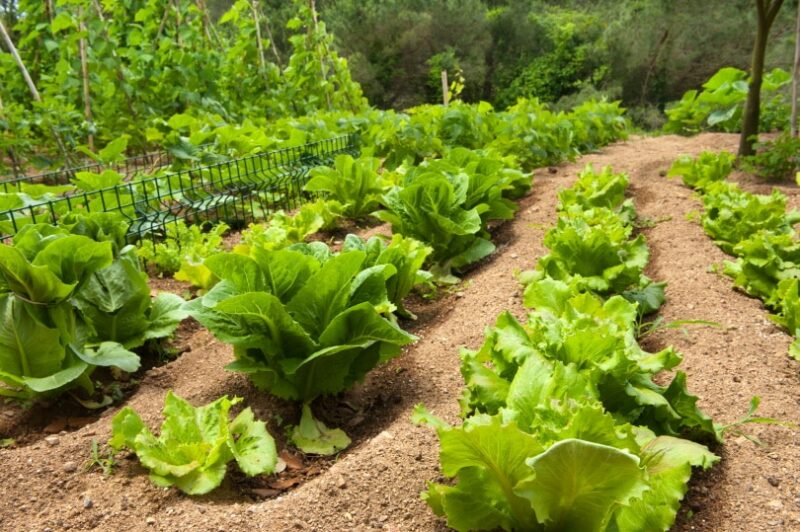
The winters may be lengthy and harsh, but Michigan still gets warm enough to give us ideal growing conditions for a thriving vegetable garden. Time is of the essence, so you need to plan your crops with care.
The growing season doesn’t last long, no matter where you are in the state. There are roughly 140 days to cultivate, with the final frost in mid-April to mid-May and the first fall frost occurring anytime from September to early November. If you want the most effective use of your time and garden space, here are the 12 best vegetables to grow in Michigan.
The 12 Best Vegetables to Grow in Michigan
1. Sweet Corn

| When to Plant | Warm season |
| Soil Requirements | Acidic, well-drained |
| Sunlight Needs | Full |
Michigan summers are just long enough to accommodate nearly any kind of corn. The warm-season crop can take up to 90 days to grow, depending on the variety, so planting in late May after the final frost gives you time to harvest by September.
Sweet corn needs its own space if it’s sharing a garden with different corn varieties. Fortunately, it’s a little hardier than some other types of corn, so you can get it started earlier, planting it as early as mid-April for a July harvest in some southern areas. Sow seeds 8-12” apart directly into the ground once it is warm, planting them in a well-drained, loamy soil.
2. Broccoli

| When to Plant | Cool season |
| Soil Requirements | pH neutral, well-drained, sandy loam |
| Sunlight Needs | Full |
A fan of the cool weather, broccoli is an excellent Michigan crop. Grow them from transplants or seeds outdoors for a fall harvest, starting them about 90 days before the first frost. You can also plant them in April for a June harvest, though you risk a poor crop if the weather gets hot sooner than you expect.
Plant your broccoli in rich composted soil in a place where it can get full sun, making sure to keep it well-watered. Space plants about 18” apart, covering them during particularly chilly days when temperatures dip below freezing. Using row covers can give you a few extra days to grow your broccoli and prevent softening from cold weather.
3. Lettuce
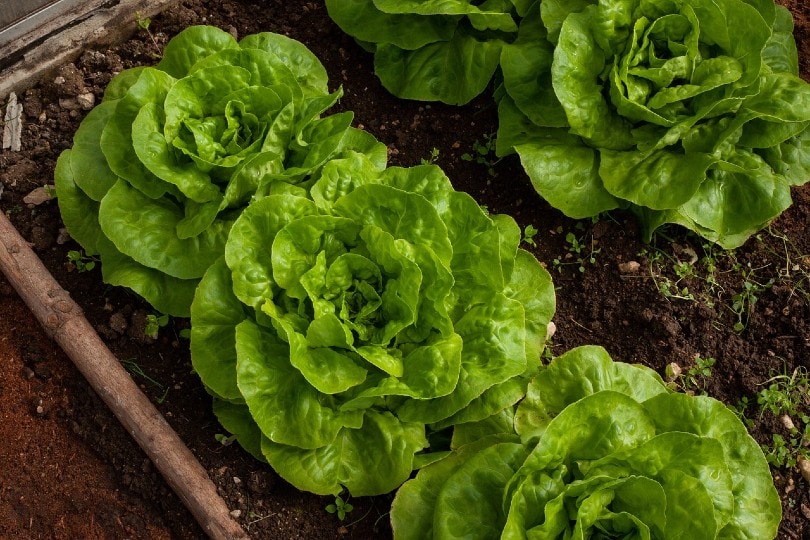
| When to Plant | Cool season |
| Soil Requirements | Acidic/neutral, well-drained, rich |
| Sunlight Needs | Full |
Low-maintenance and relatively hardy, lettuce is easy to grow in Michigan’s cool weather. It grows fast in full sun, only taking a few weeks before it’s ready for harvest. For a continual harvest, sow successive rows every 2–3 weeks.
Plant lettuce early in the season, starting in mid-April. Like broccoli, many lettuce varieties can tolerate cold nips, so they’re a perfect plant for getting a jump on the garden.
4. Green Beans
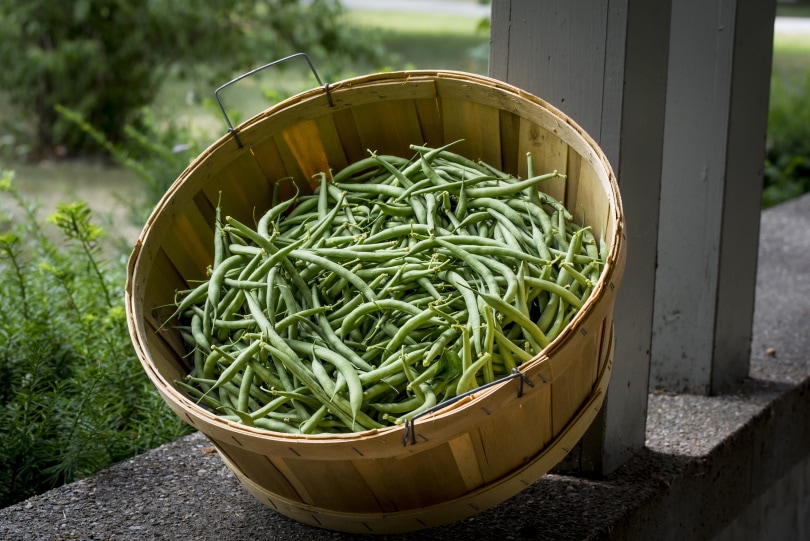
| When to Plant | Warm season |
| Soil Requirements | Acidic/neutral, well-drained |
| Sunlight Needs | Full |
Once the soil gets above 60°F, you can add green bean vines to your summer vegetable mix. Planting beans every two weeks, you’ll start picking your first batch off of your trellis-grown vine in about 2–3 months.
Green beans don’t need much maintenance after you plant them. The soil pH should be neutral, but because green beans adjust their soil fertility to a certain extent, you won’t have to worry about fertilizing them in most cases. Sow them outside, giving them full sun and about 2” of water every week.
5. Carrots
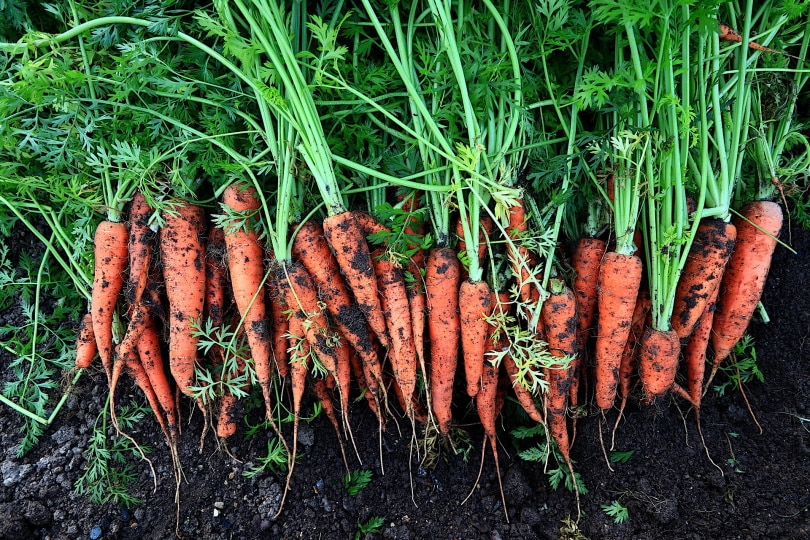
| When to Plant | Cool season |
| Soil Requirements | Acidic/neutral, well-drained |
| Sunlight Needs | Full |
Well-composted soil is the perfect setting for carrots, a cool-season vegetable you can plant as early as April. They don’t do well with a nitrogen-rich fertilizer, but sandy soil enriched by a previous vegetable crop will deliver excellent results.
When sowing seeds directly into the ground, carrots need consistent moisture to germinate. You’ll also need to rake and work the soil so the carrots can break through and establish their roots without any obstructions. Be patient as you wait for germination, as it can take up to 21 days for carrots to sprout, after which you can reduce watering.
6. Zucchini

| When to Plant | Warm season |
| Soil Requirements | pH neutral, moist |
| Sunlight Needs | Full |
Zucchini is a warm-weather crop, so it has a limited growing time in Michigan. Nevertheless, it’s so easy to grow that it’s well worth inclusion among your other summertime veggies.
The soil has to reach at least 65°F before planting seeds or transplants. That means you’ll usually have to wait until mid-May before you start your outdoor crop. Fortunately, zucchini grows fast, taking roughly 60 days until it’s ready to pick. You can get a few harvests even in a short growing season.
7. Squash
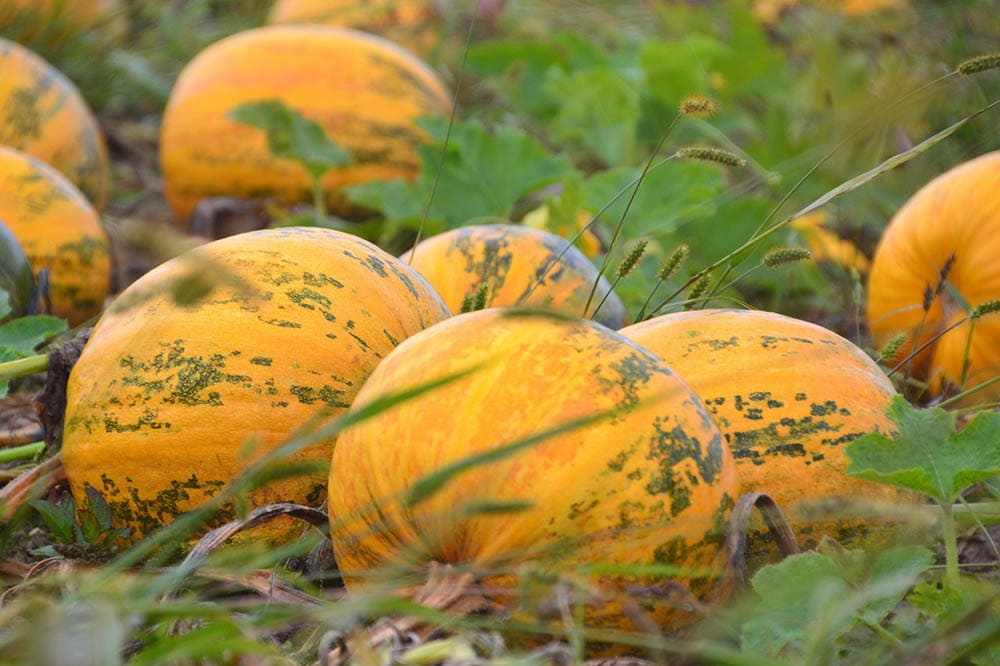
| When to Plant | Warm season |
| Soil Requirements | Well-drained, rich |
| Sunlight Needs | Full |
While we’re on the subject of zucchini, it’s worth mentioning the ease of planting squash in Michigan summers as well. Whether you direct sow or transplant, you have enough time to pull off a decent harvest before the cool weather hits.
Squash thrives in full sun and well-composted soil. Plant them outside in mid-May after the threat of frost has subsided, sowing them in hills with 4–5 seeds per hill. You can harvest summer squash while they’re young for the best taste, giving you a few potential harvests each season.
8. Peas
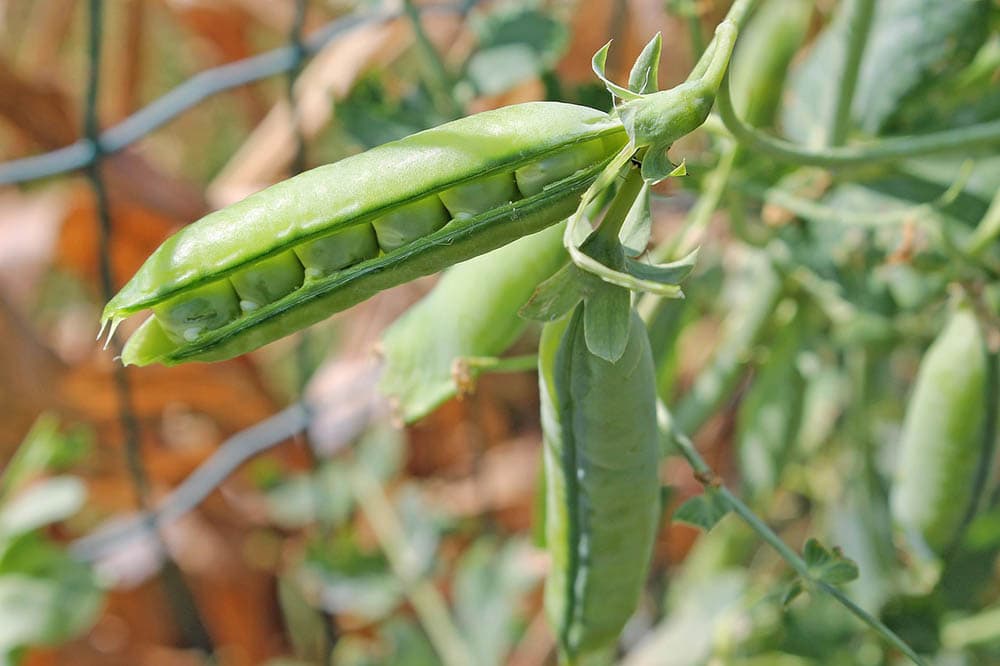
| When to Plant | Cool weather |
| Soil Requirements | pH neutral, ell-drained |
| Sunlight Needs | Full |
Peas are a world of convenience whether you’re growing them or eating them. They grow fast and tolerate the occasional frost, allowing them to go in the ground as early as March.
Give pea plants composted, well-drained soil but be sparing with fertilizer, as they can’t take too much nitrogen. They’re tolerant of diverse growing conditions otherwise, handling partial shade and nutrient-deficient soil to a certain extent without issue.
9. Radishes
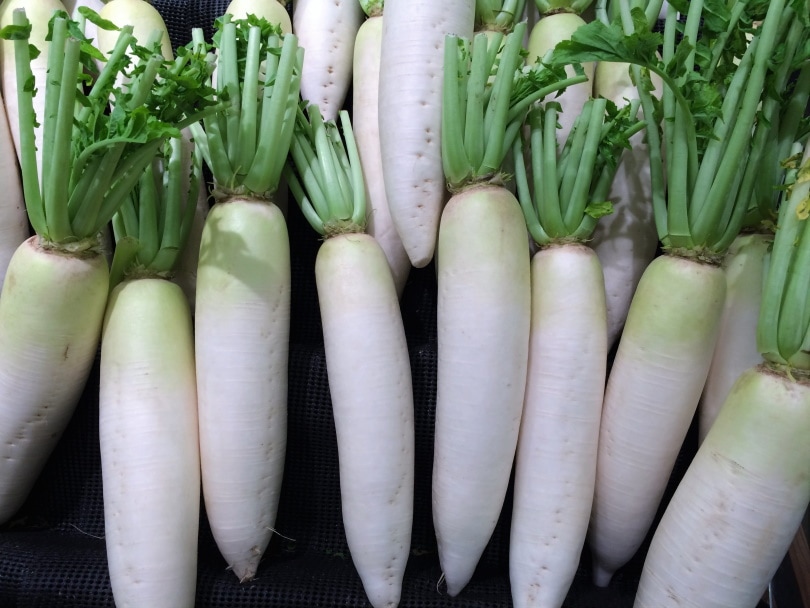
| When to Plant | Cool season |
| Soil Requirements | pH neutral, well-drained, sandy |
| Sunlight Needs | Full |
Like carrots, radishes grow best during the cool season in light, worked soil that allows for proper unobstructed growth. Plant them in spring after the final frost or as late as a month before the first fall frost. Radishes can mature in as little as 22 days, meaning you can ensure a healthy harvest before and after the damaging summer heat.
Radishes don’t require much upkeep to survive, just consistent water and loose soil. It enjoys rich soil, but if it’s too compacted or rocky, you’ll end up with misshapen vegetables.
10. Cucumber

| When to Plant | Warm season |
| Soil Requirements | Acidic/neutral, well-drained, rich |
| Sunlight Needs | Full |
Cucumbers are a fast-growing vine vegetable that you can start from seed a few weeks after the last frost (when the soil is above 60°F) or transplant after sowing indoors. You can grow them on the ground or even down a compost heap, but these sun-loving plants generally do even better if you train them on a trellis.
You can plant cucumbers successively every two weeks during the warm season. Row covers also allow you to extend the early season, giving you an extra harvest.
11. Kale
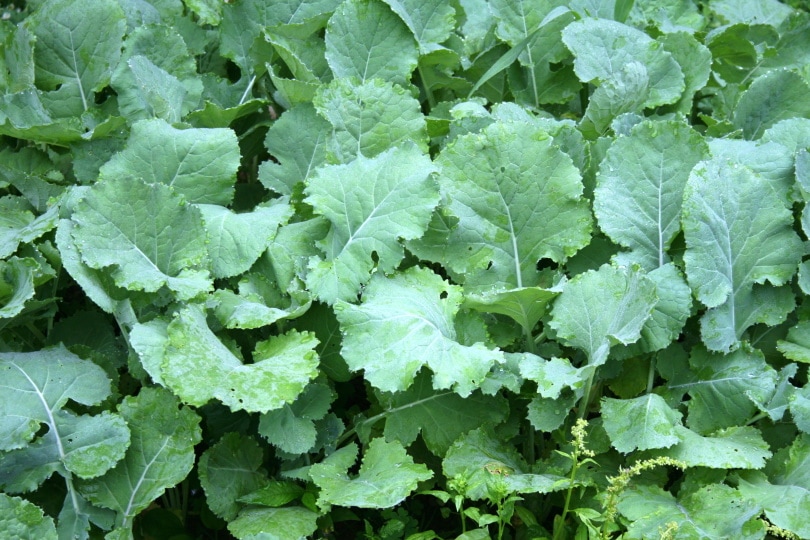
| When to Plant | Cool season |
| Soil Requirements | Acidic, well-drained, moist |
| Sunlight Needs | Full/partial |
Tasty, nutritious, and beautiful as it grows, there are many benefits to growing kale in Michigan. You can sow kale directly in the soil when it stays above 45°F, which could be as early as April and as late as August.
Kale grows well in moist, slightly acidic soil, enjoying a regular supply of nitrogen, phosphorus, and potassium via compost. Ideal harvesting time is just after the first frosts, which you can prepare for with a healthy layer of mulch.
12. Tomatoes
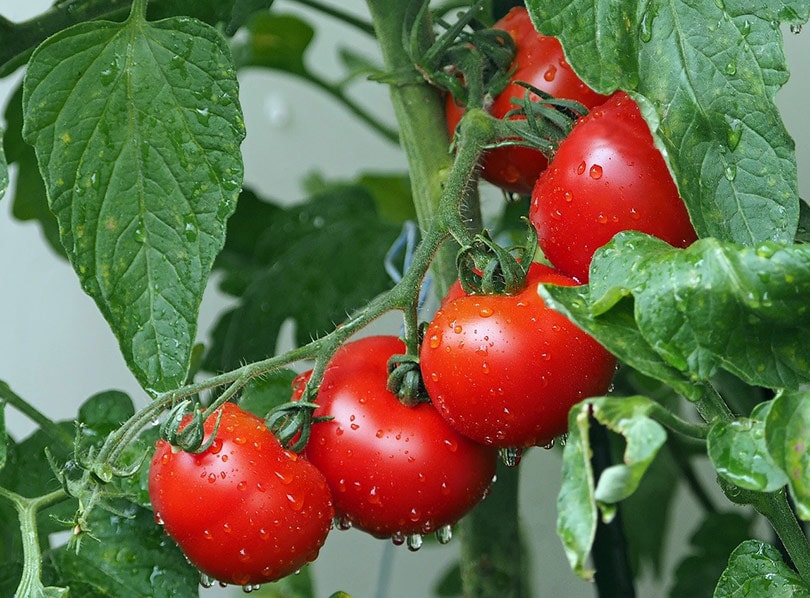
| When to Plant | Warm season |
| Soil Requirements | pH neutral, well-drained, sandy loam |
| Sunlight Needs | Full |
Nothing spells summer quite like the vibrant red glow of glistening tomatoes in a Michigan garden. Start these plants well after the final frost passes and the temperature stays above 70°F, usually in mid to late May.
Tomatoes aren’t hardy in the cold, but they’re not fussy about soil conditions. For the best results, try to use loamy soil with a decent amount of compost in it. Organic matter is beneficial, but the soil should stay pH neutral and low in nitrogen to ensure the best growth. Keep the soil consistently moist but not over-watered, and only use an all-purpose fertilizer as needed to maintain good phosphorus and potassium levels.
Final Thoughts
Less is more with Michigan’s growing season, and if this list is any indication, you can give your green thumb an incredible workout in a short time with a flourishing bevy of veggies. The growing conditions are ideal for longer than you might expect, and whether you consider transplanting or sowing outdoors, you can stay active with your garden through most of the year.
Featured Image Credit: Ivonne Wierink, Shutterstock
Contents


